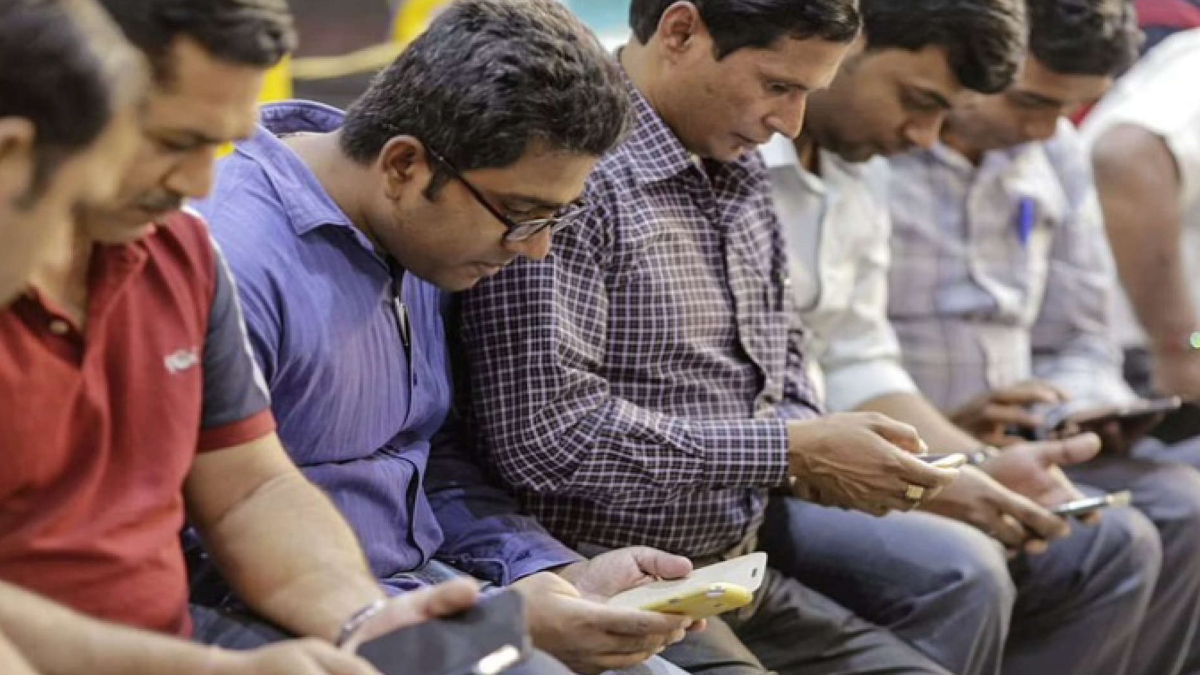


According to Internet and Mobile Association research, rural internet user numbers are rising three times faster than urban user numbers and are estimated to grow beyond urban user numbers shortly. Covid-19 has increased the demand for high-speed, dependable broadband in all of our daily activities, including studying, training, seeking news and content and purchasing products. Every part of our lives has been digitally connected, resulting in an exponential rise in data consumption and a multifold surge in fixed and wireless broadband demand. When we examine Covid-19-infused tendencies in our teenage demographics, we predict that a major portion of this technological behaviour will persist.
The broadband is a vital enabler of our knowledge economy’s growth and the advancement of our progress across societal, financial, and commercial variables. It has the potential to influence and affect the lives of all citizens by improving accessibility to quality services (universal healthcare, schooling, and finance), and offering opportunities for employment. In the previous three years, rural India has made great progress in broadband, owing mostly to smart-phone adoption and low data pricing. Bandwidth utilization in rural regions and mass deployment of fixed broadband will be the anchors to continue and increase this development trajectory in the coming years.
BROADBAND USE
The Internet penetration rate in rural India increased from 4% in 2007 to about 45 percent in 2021. Although these figures appear to be modest, they represent that roughly half of the population of 1.37 billion people had internet connectivity that year. This also placed the country second in the globe in terms of people who use the internet. Rural India will drive future mobile Internet growth, owing to lower-cost data plans and mobile devices. Despite the fact that urban Internet penetration is more than twice that of rural areas, usership in rural regions has been expanding at a faster rate year-on-year. Over the next several years, vernacular, voice, and video are expected to emerge as important game changers in the digital environment.
Based on quicker development in rural areas, the IAMAI report estimates that the number of active people who use the internet would nearly quadruple to 900 million by 2025, up from 622 million last year. Rural India might just have a bigger proportion of internet users than metropolitan areas by this time. However, it is stated that the annual growth of active internet users (AIUs) those who have accessed the internet in the previous month has continuously decreased over the years and is now the least in the last four years. Analysts believe this is due to the present state of lockdown in various states and districts, which may have delayed recharge and new connections.
According to the report’s findings, nine out of 10 AIU use the internet on a daily basis. Students spend an average of 107 minutes (1.8 hours) every day actively surfing the internet. Despite the fact that the number of daily users in urban India is somewhat higher than in rural India, active members in urban India spend 17 percent more time than in rural India, according to the survey. In terms of gender distribution, India has 58 percent male Internet users and 42 percent female Internet users. In urban India, the male-to-female proportion is 57:43, whereas in rural India, the ratio is 58:42.
The statistics from the International Telecommunication Union (ITU) report a 10% increase in broadband internet adoption results in a 1.5 percent rise in GDP. High-speed, dependable broadband is critical for accelerating the adoption of modern innovations such as cloud computing, the internet of things (IoT), and so on. The cloud market in India has steadily increased from US$2.5 billion in 2018 to US$4.5 billion in 2020, with a projected growth to US$7 billion by 2023. According to the survey, the number of IoT connected device worldwide is projected to amount to 30.9 billion units by 2025.This expansion is anticipated to expand for both consumer and industrial IoT, with IoT being adopted by a variety of industries.
SUMMING UP
Harnessing the full power of broadband is a multi-stage process that includes accessibility to reliable and high broadband connectivity; connectivity not just to the World Wide Web but also affordable devices such as computers and mobile phones; and usability (smart skill sets and implementations on which users can rely in local dialects). While India has achieved great progress in broadband connections over the years, there is huge headroom for speed expansion to enable growth prospects of digital innovations, social development opportunities, and economic growth.
Significant gains in internet speeds in the country may be accomplished, according to the TRAI (Telecom Regulatory Authority of India). The pursuit of having a minimum broadband speed from 512 Kbps to 3 Mbps is an essential step.
Broadband access in rural regions and mass acceptance of broadband connections will be the anchors to continue and increase this development trajectory in the coming years.
The author is CEO, Netplus Broadband Services Pvt. Ltd